All about wax paints
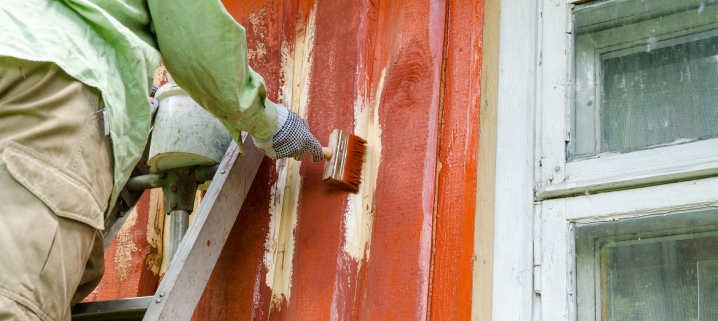
Waxed paint for exterior woodwork and other wear-resistant compounds on a similar basis are gaining more and more popularity. They have many advantages that cheaper products lack. Surface painting technology also has its own differences - learning more about them will be useful for both experienced craftsmen and beginners in the field of repair.
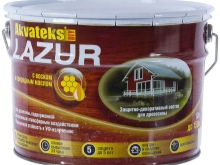
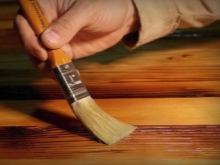
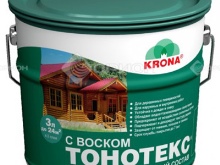
Peculiarities
Naturally based wax paints are considered a premium product for design and decoration professionals. They have a more natural, environmentally friendly composition. Paints with wax in the composition have all the advantages of a natural bee product, which is characterized by a particularly high moisture resistance. It literally repels water, preventing it from absorbing into the surface upon contact.
This is especially important when working with wood, the fibers of which are very vulnerable when in contact with liquids.
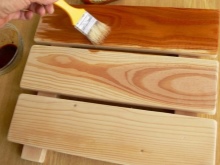


Other features of wax paints include the following characteristics.
- Aesthetics of the coating. Compositions based on natural wax effectively emphasize the natural tone of wood, more clearly show its texture and pattern. These paints can be used for restoration work, including in antiques.
- Competitive cost. Natural ingredients are not very cheap, but ready-made formulations are quite affordable. You can find products in different price categories.
- Dense consistency. It is less fluid and only requires a stiff brush to apply. The paint adheres well, is evenly distributed over the surface of the material. Even with a little experience of painting work, the result will be excellent.
- Increased protective properties. Wax paints are ideal for outdoor use. They protect materials well from atmospheric precipitation, do not raise wood fibers during application.
- Change in consistency when heated. The material softens and can crack when exposed to high temperatures. This leads to a decrease in the protective properties of the coating.
- Solubility in alcohols. Upon contact with them, wax compositions lose their strength, break down into components. This can adversely affect the performance of the coating.
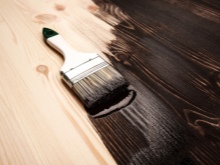

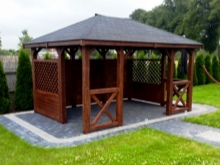
Wax paints are not suitable for application in places subject to intense mechanical stress. They are recommended to be used only as protective and decorative compounds.
Composition
Wax paint is a product based on a natural ingredient obtained from honeycombs or other sources. The main ingredient in exterior and interior formulations is highly viscous and hardens to make surfaces smooth and waterproof. Wax-based paints are made from natural products.
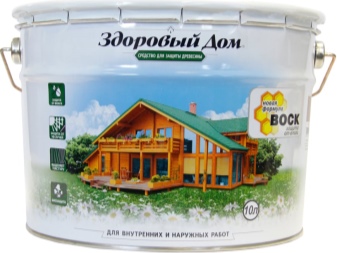

Among their ingredients, such components can be distinguished.
- Wax. It can be bee or carnauba. The first option is distinguished by good viscosity, gives uniformity to the composition, and forms a strong film. Carnauba wax is a lesser known but popular product. It differs from the bee by its higher thermal stability.
- Flax oil. It acts as an impregnation, penetrates deeply into the structure of fibrous materials, and gives them increased moisture resistance.
- Natural drying oil. It provides linking of components to each other.Gives the composition the desired consistency.
- Resin sap. It is obtained from coniferous wood. The material possesses impregnation properties, increases the protective characteristics of the coating. Also, this ingredient is used in the production of turpentine, rosin.
- Tung oil. An exotic product highly prized by carpenters as an impregnation. Increases the cost of paints, but significantly improves their performance.
In addition to these natural ingredients, other ingredients may be included. Most often they play the role of catalysts that accelerate and stimulate the hardening of the coating. Wax-based paints with such additives dry quickly and form a dense and durable protective film. In some cases, hemp, soybean oil is used instead of flaxseed oil.
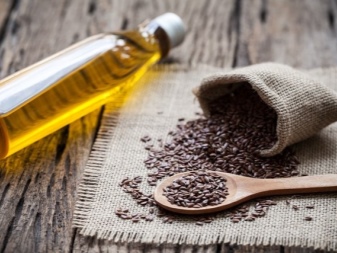
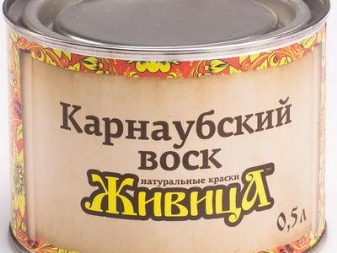
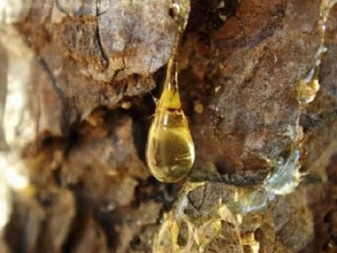
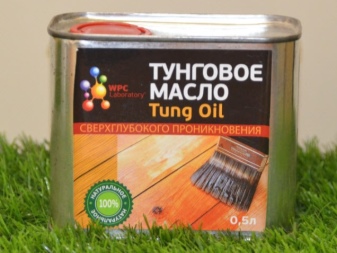
What surfaces is it suitable for?
Wax-based paints are mainly used for woodworking. They are used in the manufacture and restoration of furniture, including antique ones, restoring the original appearance of the product. As a finishing coat, wax paints are used on the interior and exterior walls of buildings. They are well compatible with wood and wood-based materials, can be applied to chipboard and MDF, other types of building boards. As a water-repellent coating, they are sometimes used in the processing of cast iron, natural and artificial stone.
Wax paints are suitable for weather protection of wooden fences, gazebos, pergolas. They fit easily and look attractive. In the absence of intense mechanical stress, the properties of the coating are retained for more than 10 years.
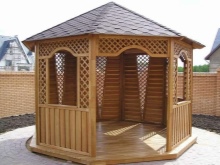
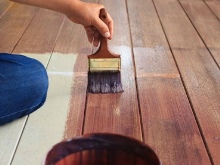
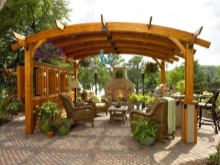
What happens?
There are 3 main types of wax paints, differing in the degree of mechanical strength and other characteristics. The following formulation options can be found on sale.
- Liquid colorless. They are very similar to regular melted wax, but they are supplemented with oils and other ingredients that improve its properties. Such coatings are used in the processing of natural wood, allowing you to preserve its natural beauty, texture and texture. These wax paints are considered the best choice for restoration work.
- Pigmented. They do not have bright pigmentation, but they have the ability to tint the surface in pleasant natural shades. Oranges, reds, straws, golds and black-brown colors give the wood a more noble look. Colored types of wax paints are not suitable for processing furnishings, furniture. They are more often used as a decorative element.
- Wear resistant. They contain additional polymerizing components and binders, which provide faster hardening of the coating. Paints based on carnauba wax are considered to be more durable, which withstands high-temperature exposure more easily than beeswax.

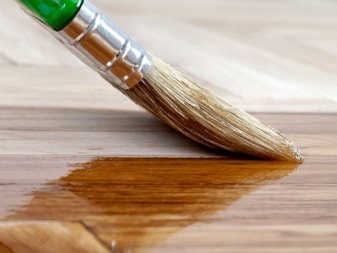
Despite the fact that some of these compositions have a higher mechanical strength, they are still inferior in this indicator to oil paints and nitro enamels. This should be taken into account when using wax paints.
Popular manufacturers
There are many finishing and protective compounds on the Russian market. But not every manufacturer has wax paints. Among the brands offering such products, there are 3 companies.
- Liberon. The company produces protective waxes, dyes and furniture stains. The products have a pleasant aroma, are consumed economically, pigmented versions keep their original tone well. It is worth paying attention to the recommendations when buying - the manufacturer allows the use of his product only for certain types of wood.
- Borma Wasch. The European brand offers a wide range of pigmented formulations for application to flat wood surfaces.The composition is easy to apply, does not flow, but its consistency does not allow masking surface defects.
- Homa. One of the best brands on the market. The palette contains more than 50 colors. The manufacturer has taken care of the economical consumption of the composition.


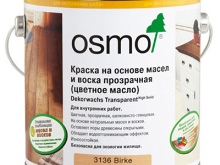
Application
The use of wax-based paints is becoming more and more popular. When working with them, it is necessary to follow certain rules to ensure even application of the compositions without drips and other defects. The entire staining process is divided into stages. By following their sequence, excellent results can be achieved.
Preparation
Processing of wooden walls of newly built buildings, window frames is usually carried out using fresh material. But more often than not, wax paints have to be applied over the old coating. In this case, the preparation process turns out to be an inevitable necessity. You need to do the following.
- Remove old coating. You can use a suitable solvent or apply a wash and leave it on for a while. Then the surface is treated with a lint-free cloth moistened with warm water.
- Perform mechanical cleaning. It is performed using a coarse brush that penetrates the pores of the material. This treatment will give the surface an updated look.
- Perform abrasive blasting. Sandpaper or special drills will work. With them it is good to clean large areas of coverage. Sandpaper should be taken with minimal grit.
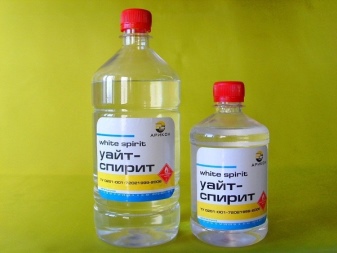
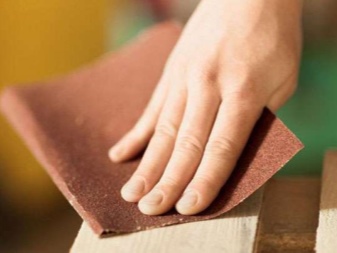
If the surface of the material was previously painted, it is impossible to apply a wax composition to it without preliminary preparation. It is imperative to completely remove the old coating. Only after making sure that traces of old paint are completely removed, you can proceed to the next stage.
Application
Surfaces are painted with wax compounds to give them an aged, vintage or antique look. This effect is especially popular in interior decoration and is suitable for furniture. As an external wall covering, wax paint is used in cases where you need to quickly rid the building of pronounced novelty. The building immediately takes on a habitable look.
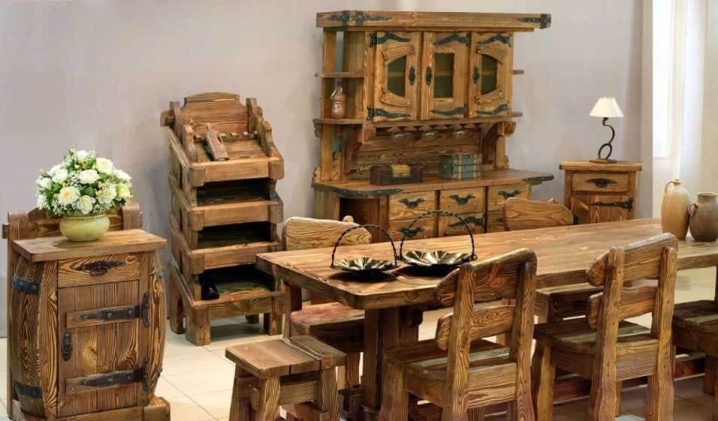
The process of staining with wax-based compounds is as follows.
- Application. Paint is applied to the cleaned and prepared surface. Pre-priming is not applied. It is necessary to dry the coating at a temperature above +18 degrees, about 2 hours.
- Abrasion. With the help of a lint-free cloth, wax paint, which is not completely dry, is subjected to mechanical stress. It literally rubbed into the wood, losing its uniformity, acquiring the effect of aging. If you do not plan to create vintage decor, you can skip this step, just leaving the paint to dry.
- Grinding. The finishing step is polishing the surfaces with a soft cotton cloth. It will add shine and gloss to the finished finish.
With a uniform application of a protective coating, it is applied in 2-3 layers. In this case, the finished decor will acquire a glossy effect and will look attractive.
To increase reliability, the coating is treated with wax-based varnish. It acts as a fixer, helps to preserve all the properties of the protective layer for a long time.

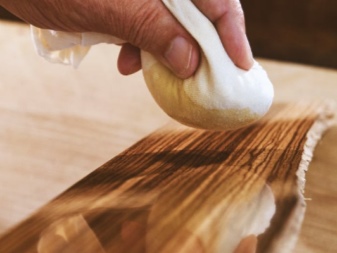













The comment was sent successfully.